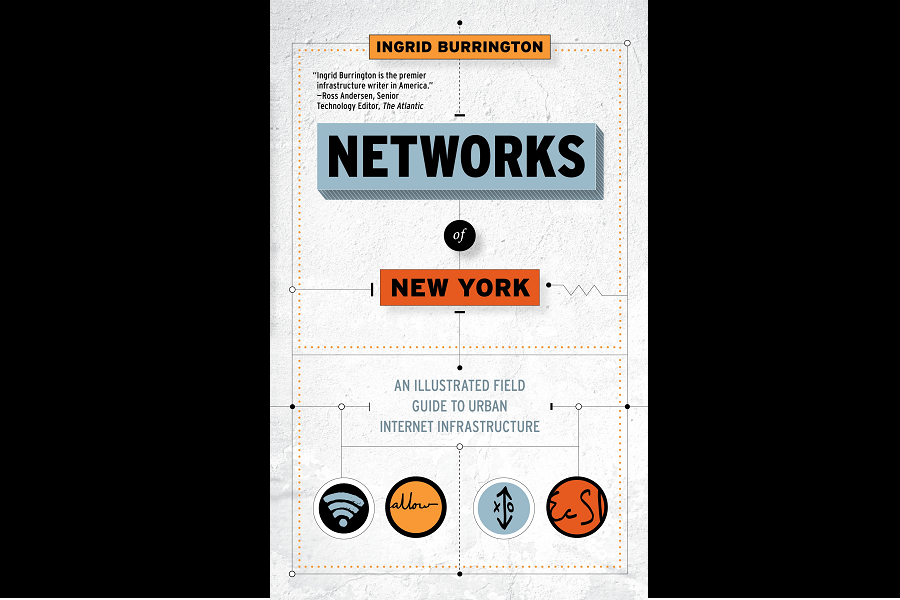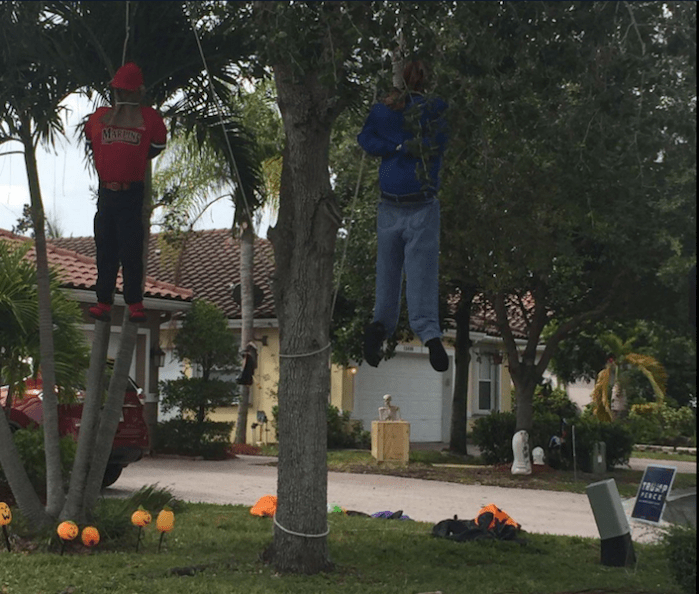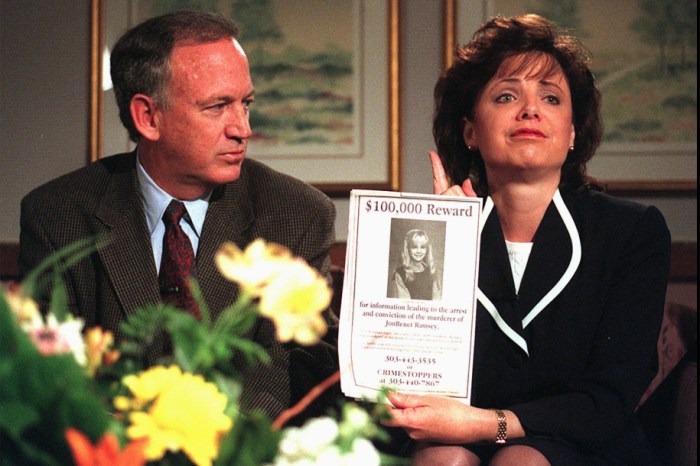Did you check your email while you were on the train or before you left home? If you’re reading this on a smartphone or laptop, does your reading history get stored in “the Cloud,” an all-knowing nebula of information that floats above us? What does the internet look like?
Those are some of the questions artist and author Ingrid Burrington asked herself, and the answers spawned “Networks of New York: An illustrated field guide to urban internet infrastructure,” a book from the presses of Melville House Books due out Aug. 30.
“In 2013, after a lot of the [Edward] Snowden stories started dropping, all of these [news] stories had the worst clip art and stock photos on them,” Burrington said. “Like a black screen with some green letters and a lot of arbitrary looking things like this one photo of the NSA that was taken in the 1970s, and I just kind of thought to myself, ‘I don’t know what the internet looks like, but I don’t think it looks like this.’”
Being just your average citizen, Burrington, who called Baltimore home before her move to Brooklyn, wasn’t able to interview top NSA officials or access hidden government data facilities. She said she was more interested in what she could see street-level and wondered about the complicated system that allowed her to do something so everyday, like checking her email while she walks down the street.
![|<image-caption>
<p>Not the internet, Burrington said.
<p></image-caption>|Google Commons” title=”|<image-caption>
<p>Not the internet, Burrington said.
<p></image-caption>|Google Commons” /></div>
<p><!-- END scald=3323 --></div>
</div>
<p>“In belonging to everyone, [the internet] technically doesn’t belong to anyone,” Burrington said. “It’s a network of networks; it’s a bunch of different companies who own lots and lots of cables who choose to have their bunches of cables connected to other people’s networks.”</p><div class='s2nPlayer k-AUr8v6rG' data-type='float'></div><script type='text/javascript' src='//embed.sendtonews.com/player3/embedcode.js?fk=AUr8v6rG&cid=11914&offsetx=0&offsety=0&floatwidth=400&floatposition=bottom-left' data-type='s2nScript'></script>
<p>“Networks of New York” provides the key that allows you to see the spray paint, manhole covers and other markings that make up the tech network map.
<p>And if you’re worried that shows like “CSI” teach the bad guys how to get away with murder, Burrington said her book isn’t divulging secrets; her bibliography includes city franchise agreements from their websites, TSA documents, city permits and small talk with workers doing excavation.</p>
<p>Burrington said she hopes the book will create an understanding of the Internet and other seemingly mundane operations without taking them for granted.
<p>“My friend, Aaron Cope, said something a while back about how civil society is a project for letting us take things for granted,” Burrington shared. “The Internet just works. We just have clean drinking water. We just have freedom of speech. The thing that’s always dangerous about that project [is] it’s harder to tell what it means for them to stop working and a lot easier for abuses of power to come into play.”</p><div id=](http://default/main/articles/2016/08/29/abstract-1231868_960_720_1.jpg)
























